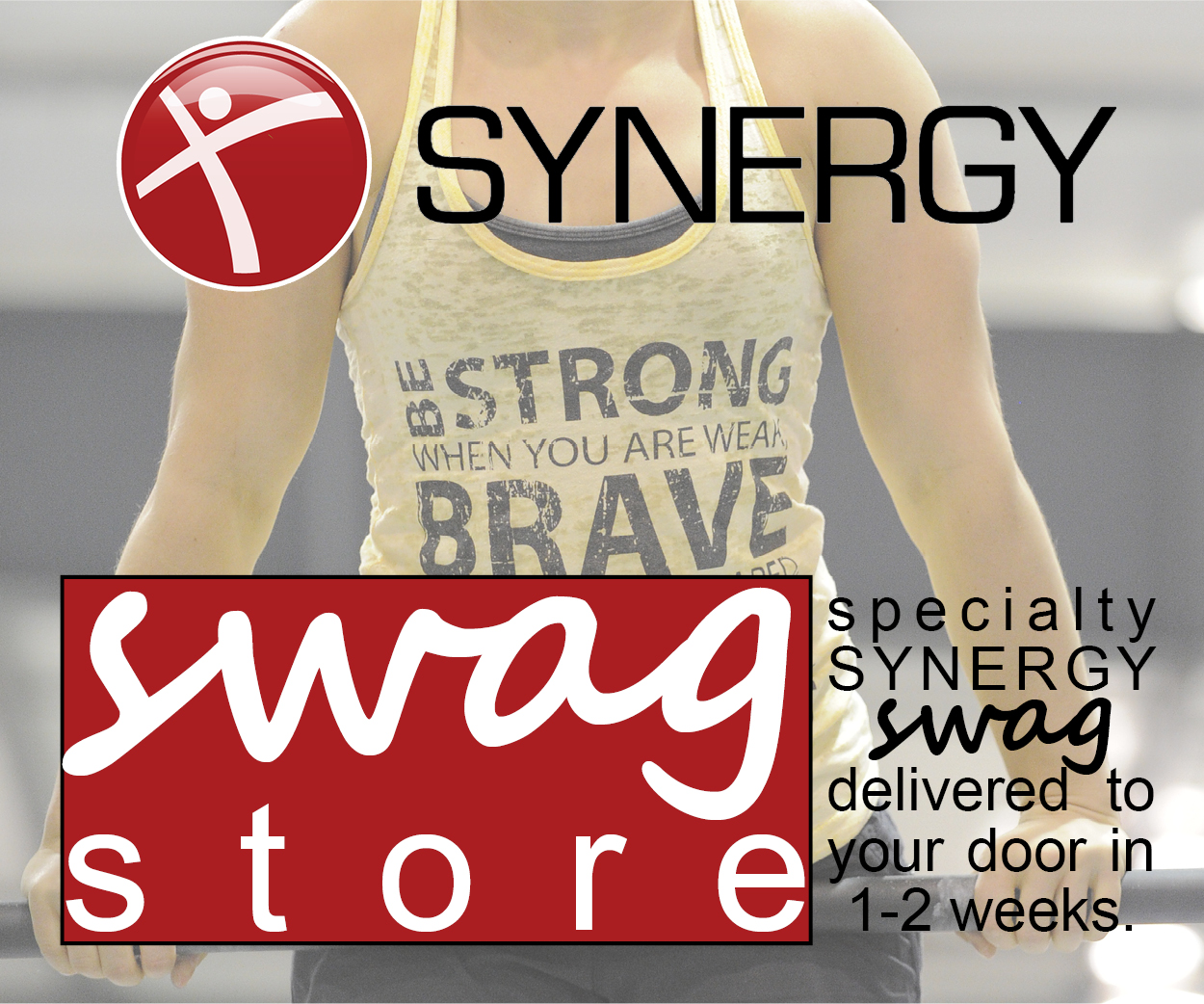We all know that squatting rules – it is the best and most used exercise at Synergy Strength. It is a part of our programming 2-3x/week and it is used as a priority strength exercise regularly. Nearly all muscles in the body need to be used in a coordinated fashion to squat properly (glutes, quadriceps, hamstrings, adductors, erectors, calves, abdominal stabilizers, etc), which makes the exercise ideal for developing whole body functional strength. Whether you play basketball, football, table tennis of golf, squats can be a practical portion of all programs. If we consider an exercise programs goals are to increase function, performance, and movement quality then squats are the best bang for your buck exercise. They are the king.
In the video below I discuss the use of the heel board for those with tight calves/soleus and ankle dorsiflexion. The board can be a big help with regard to improving squatting performance. The heel board if needed, should be used for all variations of squats (thruster, front squats, back squats, and air squats).
The next video demonstrated one of Synergy Strengths favourite stretches for improving ankle ROM and soleus ROM, which can drastically improve squat performance. This stretch can be done prior to a squat workout to help improve position or int he off times between workouts to improve ankle ROM.
Take a look an anatomy diagram of the lower leg. You will notice that the soleus and the gastronemius along with the achilles tendon make up the calf complex. The soleus muscle lies under the gastronemius and does not cross the knee joint like the gastronemius does which means that in order to stretch the soleus muscle the knee must be bent and the ankle in deep dorsiflexion (toes towards shin). Most stretch and calf complex from a standing or straight knee postion, which does little for the soleus and little for the bottom of the squats as the gastronemius is actually shortened due to the bent knee position in bottom squat. So now you can see why the DB stretch is so effective at improving the squat position for those with limited ankle ROM.









